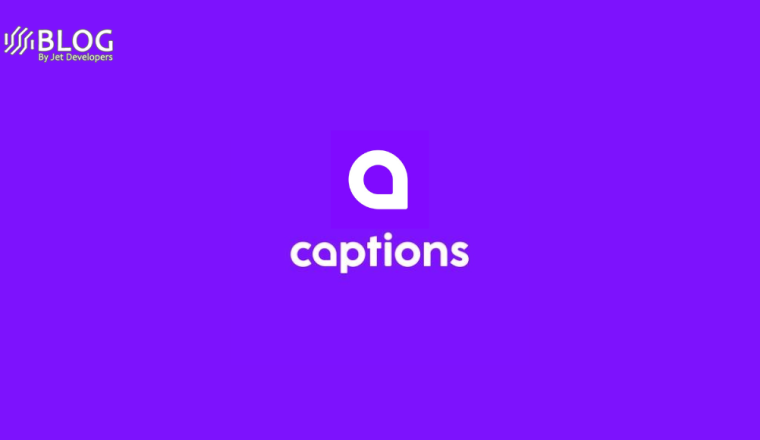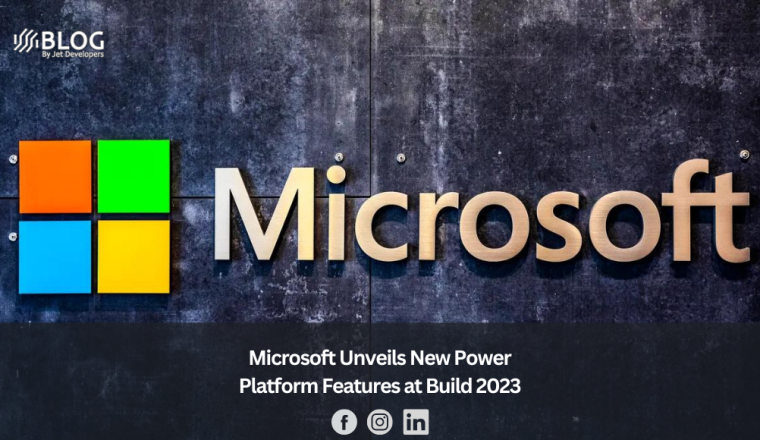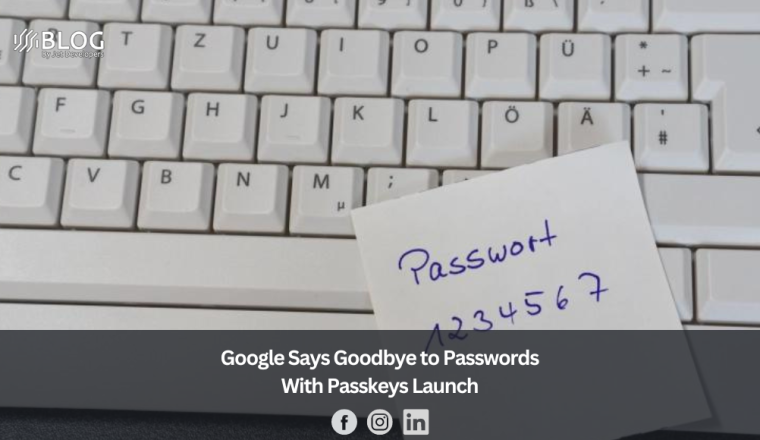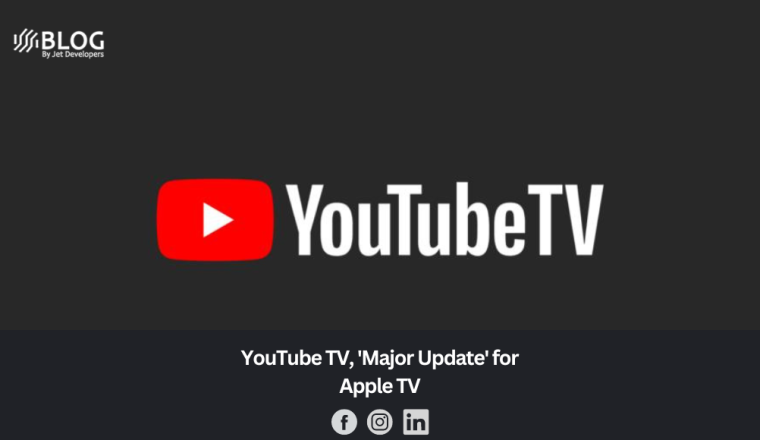During its Build 2023 conference, Microsoft announced a significant expansion of features for its Power Platform, aimed at revolutionizing app development and empowering both professional and citizen developers with low-code technologies.
Recognizing the growing adoption of low-code tools among professional developers, Microsoft acknowledges their ability to streamline and expedite application development while reducing the complexities associated with traditional software development.
To leverage this trend, Microsoft has introduced updates to its comprehensive low-code Power Platform, enabling developers to boost productivity and accelerate solution-building. The Power Platform equips developers with tools for creating custom applications, automating processes, and effectively managing information across their organizations.
Low-code meets cutting-edge AI
Microsoft’s latest updates introduce cutting-edge AI capabilities designed to improve development practices and reshape businesses’ and individuals’ operations. The enhancements include intuitive visual interfaces, drag-and-drop components and pre-built templates. The aim to to enable developers to concentrate on higher-level tasks rather than the complexities of coding.
The company said developers will also gain increased agility so they can swiftly adapt to evolving market conditions and meet customers’ ever-changing needs.
“Our new features for the Power Platform will transform how developers work by increasing their speed, agility, and ability to deliver solutions in complex technical environments. The platform provides comprehensive low-code tools that increase [developers’] productivity through over 1,000 built-in data connectors, robust platform components, and easy-to-use development environments,” Charles Lamanna, CVP of business applications and platform at Microsoft, told VentureBeat. “The AI-powered Power Platform Copilot is further accelerating low-code development in a really interesting way — low code makes developers go faster, but AI plus low code makes devs go even faster.”
The introduction of Copilot in Power Apps stands out among the new features, as it streamlines and speeds website development via generative AI in Power Pages.
In addition, with Copilot as their digital copy editor, developers can rapidly generate text using natural language descriptions, facilitating efficient content creation.
Moreover, Copilot in Power Pages simplifies the creation of data-centric forms by automatically generating tables in Microsoft Dataverse based on natural language input. This innovative tool further assists in web page layout generation, image creation and theme customization, enabling development of visually appealing websites.
An additional advantage of Copilot in Power Pages is its seamless integration of a Power Virtual Agents chatbot into the Power Pages site. The chatbot can provide instantaneous responses to user queries via generative AI. This integration streamlines website creation and enhances the user experience with natural language and intelligent suggestions.
“Copilot in Power Apps can now build complex multi-screen apps and turn unstructured inputs into structured data,” said Microsoft’s Lamanna. “Developers can now move faster than ever by describing the user experience they want, and AI automatically generates it for them. Or, developers can provide sample data for an application and have AI automatically generate the data schema and app. This will help them spend more time writing code and less dealing with enterprise app development’s drudgery.”
With Gartner’s projection that 75% of new enterprise applications will embrace low-code or no-code technologies by 2026, Microsoft emphasized that the Power Platform, coupled with the integration of AI capabilities through Copilot, empowers developers to improve productivity and expedite the creation of innovative solutions.
Generative AI for fast-tracking application development
The company said that in the past three months, it has dedicated its efforts to introducing AI capabilities that revolutionize development practices and redefine how businesses and individuals operate. At Build 2023, the company emphasized its commitment to driving innovation and pushing boundaries in the tech industry.
Power Platform’s managed environments now support a catalog of enterprise-approved templates and components to further enhance developers’ productivity. Professional developers can use this feature to publish artifacts such as apps, flows and bots, streamlining the application development process.
Microsoft asserts that each new component added to the catalog brings about time and cost reductions for the entire organization, promoting efficiency and effectiveness.
The company said these advancements enable IT administrators to govern and maintain their app ecosystems effectively, minimizing duplication, fostering collaboration between makers and developers, and establishing a cohesive environment where components can be shared organization-wide. Consequently, the app-building process is expedited, while an audit trail ensures accountability and transparency.
Improvements to Copilot
Microsoft has also significantly improved Copilot, a generative AI tool within Power Apps that greatly accelerates application development. It enables developers to use natural language to easily incorporate screens and controls into their apps. It also facilitates the extraction of unstructured data from Excel, providing valuable insights.
Developers can now tap into their applications’ full potential through intuitive conversation-driven interactions, optimizing their functionality and user experience.
“Our new advancements include the ability for Copilot to add and edit any screen or mainline control to a maker’s app; the ability to understand unstructured Excel files as inputs and turn them into structured data; and the ability for developers to add an advanced Copilot control to model apps for end users that can reason over all the data in their application,” Lamanna told VentureBeat.
With the generative AI capabilities of Copilot in Power Pages, developers can generate web page layouts, create images and customize site themes for a seamless and visually appealing website setup, the company says. This integration empowers developers to expedite website building while maintaining control over visual elements and customization.
“Users can build data-centric forms by simply describing the type of form required. Then, Copilot will build it for you by auto-generating tables in Microsoft Dataverse and allowing you to edit, remove and add fields using natural language input,” Lamanna said. “Then, with a single click, you can add a Power Virtual Agents chatbot to your Power Pages site, which uses generative AI to instantly respond to user questions. All of this is possible in minutes using natural language and intelligent suggestions, streamlining the process of creating a Power Pages site.”
Microsoft is also enhancing Power BI, its business intelligence tool, by integrating Copilot. This integration harnesses the capabilities of large language models to turn data into insights. Users can describe the desired visuals and insights, and Copilot will generate them accordingly.
The integration encompasses functionalities including creating and customizing reports, generating and editing DAX calculations and producing text summaries of data insights.
The company says that Power BI’s ability to adapt the tone, scope and style of narratives aids in delivering easily comprehensible text summaries to improve data-driven decision-making.
“With Copilot in Power BI, we are infusing the power of large language models … to help everyone move faster from data to insights. You can simply describe the visuals and insights you’re looking for, and Copilot will do the rest,” explained Lamanna. ”Power BI can now also deliver data insights with greater impact through easy-to-understand text summaries.”
Microsoft is also working towards transforming the process of building bots with Power Virtual Agents. With generative AI, developers can now create bots that engage in rich, multi-turn conversations with customers.
According to Microsoft’s Lamanna, these bots possess the intelligence to effectively handle customer queries by searching knowledge bases for answers and seamlessly connecting relevant actions to fulfill requests. The new Generative Actions engine empowers the bot to comprehend user requests, analyze its library of APIs, actions and tools, and autonomously assemble the necessary components to complete the request.
Lamanna believes this approach streamlines bot development by reducing the time required to build conversations node-by-node. Additionally, it allows developers to efficiently curate knowledge sources and tools, enhancing the bot-building process’s overall effectiveness.
“It is a way to create a ChatGPT-like experience using your data and your own plugins. Every organization can now use these chat experiences to better support their employees or customers,” added Lamanna. “Bot builders will spend less time building conversations node-by-node from scratch and instead focus on curating knowledge sources and tools, changing the traditional way bots are built.”
Virtual Agents unified authoring canvas
Microsoft has also made an announcement regarding the general availability of the unified authoring canvas in Power Virtual Agents. This innovative feature combines the capabilities of Bot Framework Composer and Power Virtual Agents’ intuitive authoring experience.
The unified authoring canvas offers a single platform where low-code makers and professional developers can collaborate. Within this canvas, team members can use rich multi-author capabilities and a built-in code side-by-side editor, enabling everyone to contribute to the bot’s development.
Noteworthy additions to this tool include enhanced rich response authoring, the ability to integrate APIs and events, Power FX expressions, connections to Azure services for custom natural language requirements, and a range of powerful generative AI capabilities. These advancements further empower users to create highly interactive and dynamic bots.
Furthermore, Microsoft has introduced a preview of Copilot in Power Automate, showcasing a brand-new designer specifically designed for cloud flows. This integration aims to unify the user experience and use natural language to accelerate the creation of automation.












